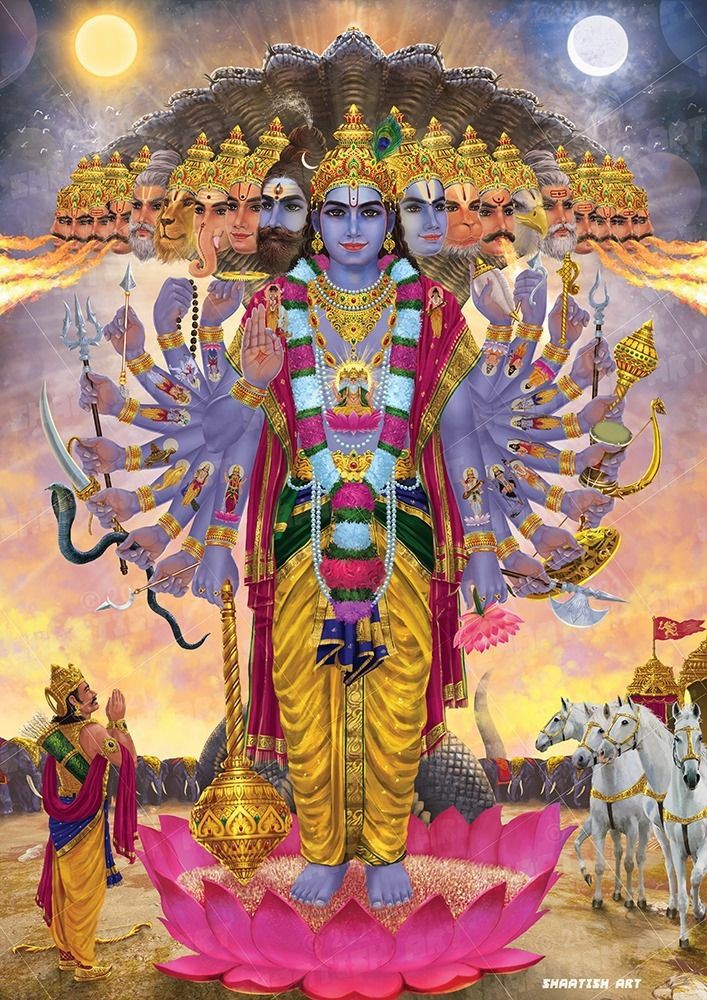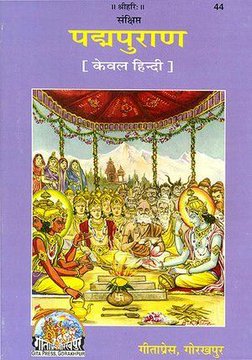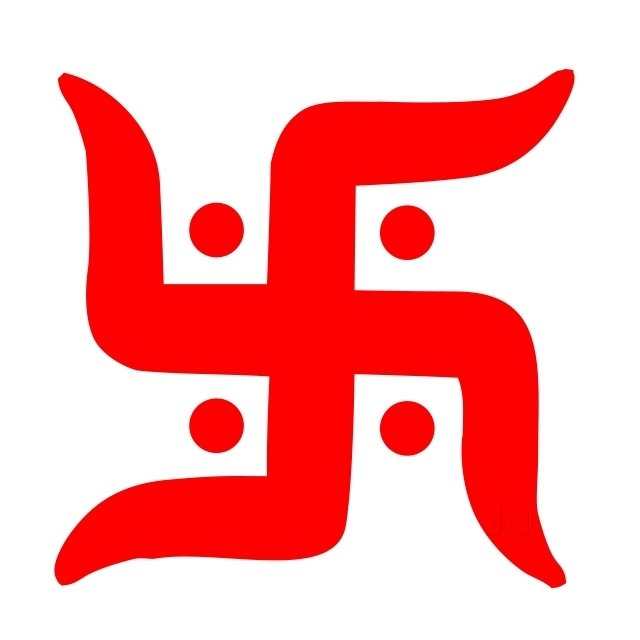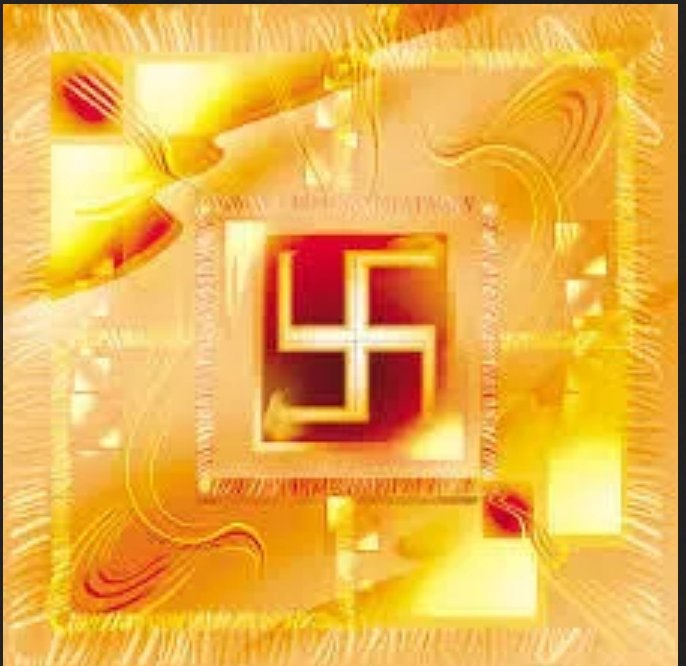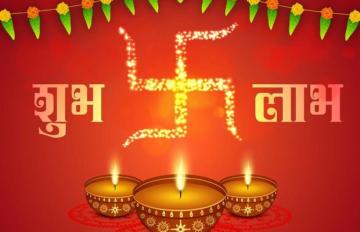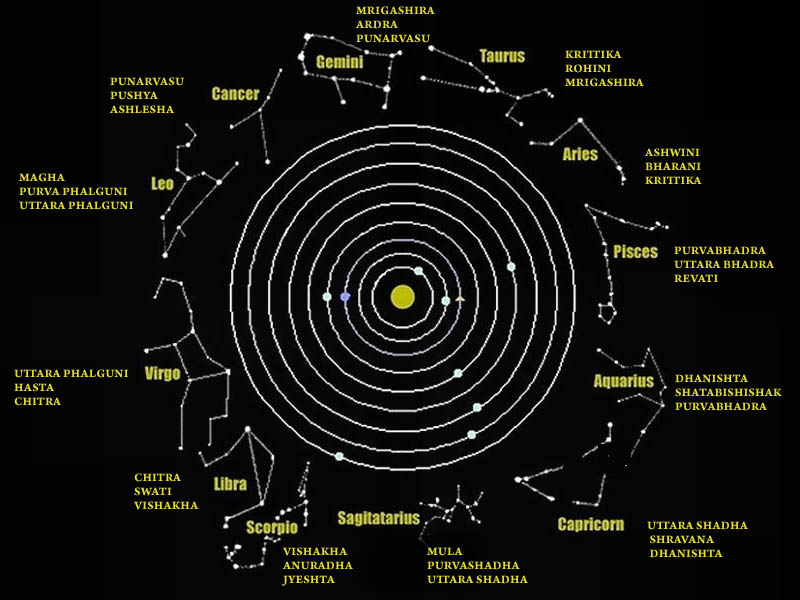#Thread
{Why did Shri Krishna have 16thousand wives?}
After performing Tapasya at an exquisite place called Badrikashram on Mount Himachal,The divine glory of Bhagwan Shrihari's अंशावतार Nara- Narayana(considered to be superior among munivar's) was spreading all over the world.
After seeing this, jealousy arose in Indra Deva's Mind.
He started thinking that Nar Narayana may take his Raja Singhasana away from him , after completing Tapasya, and I have to stop them from doing so.
After which, with the intention of stopping the penance of Nara-Narayana
Devraj Indra went to Gandhamadhan parvat,
And he saw that the body of Nar-Narayana due to the grace of tapasya looks like a brightened sun.
Indra create many disturbance during the tapasya like heat, maya, Luring them with many kinds of boons, etc.
but there was no movement in Nara Narayana, He failed because Nara Narayana was engaged in the worship of Goddess Bhagwati at that time and Goddess Bhagwati who herself is the goddess of great Maya, no matter how much maya anyone's know, they cannot succeed in breaking the ..
tapasya of her worshipper .
After returning from there, Indra Called Kāmadev & वसंत ऋतु (spring season) he ordered them to subdue Nar - Narayana & dissolve their austerity, and the Apsaras will also help them in this task, in return for which, he will give them a great boon.





